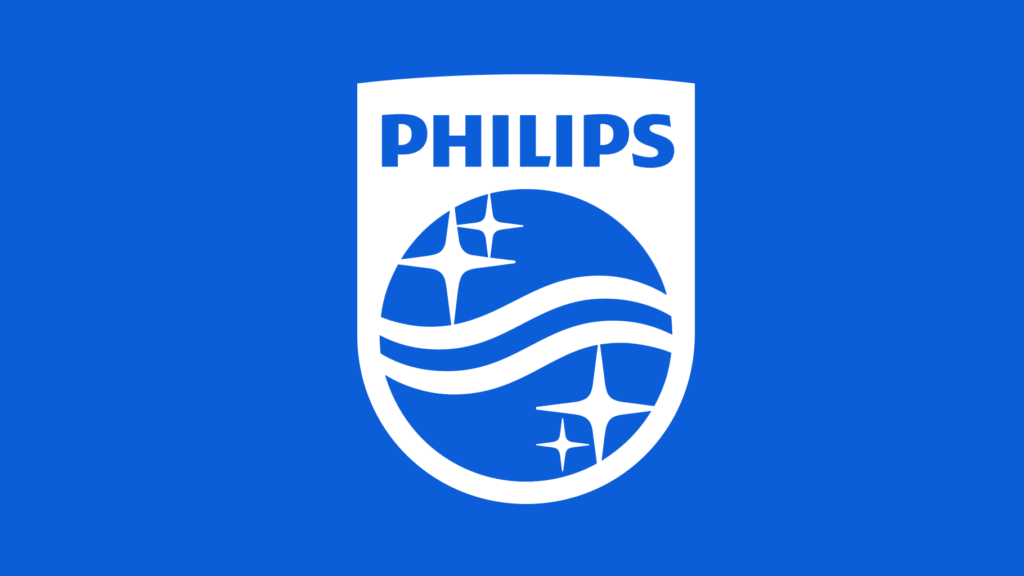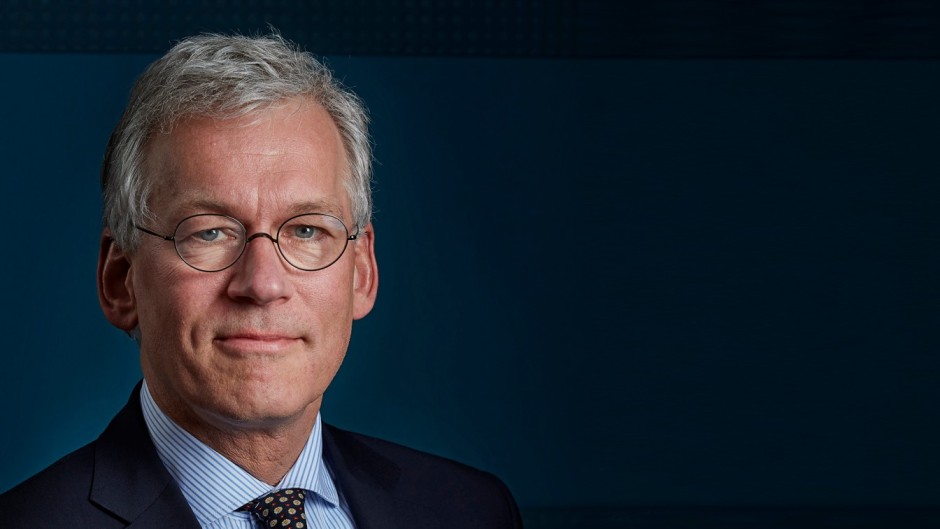Philips started as a bulb manufacturing company and is still known as one, but there is more to it. The company has also emerged as one of the biggest healthcare technology companies. For its healthcare wing, the company works in three divisions, i.e., Personal Health, Connected Care, and Diagnosis & Treatment. For the past more than 120 years, the company has evolved as an innovative leader in the industry and is counted among the largest conglomerate. The company recorded annual revenue of €19.535 billion, with 81,592 employees working for it worldwide.
A Brief Introduction
Philips is a multinational conglomerate mainly known for the production of audiovisual equipment and lighting. Gerard Philips and his father Frederik Philips founded the company on 15 May 1891 in Eindhoven, Netherlands. The company started as the manufacturer of the light bulb, but today its product list also includes a vast range of lighting products (including smart lights and home systems), audio products (wireless speakers, DJ mixers, Radio systems, hi-fi systems, headphones, etc.) as well as healthcare products (clinical informatics, imaging systems, diagnostic monitoring, etc.).

The Establishment of Philips
Gerard and his father Frederik started the Company in an empty factory building in Eindhoven in 1981, beginning with manufacturing the carbon-filament lamps and other electro-technical products. Though the two founders had high hopes with the company, they were unable to get a hold of the market. In 1895, Gerard’s younger brother, Anton, who was also an engineer, joined the company as a sales representative. The addition of Anton helped the company to get on the right track, and it started to grow.
By 1908, the Philips brothers had established the Philips Metaalgloeilampfabriek N.V. (Philips Metal Filament Lamp Factory Ltd.), and in four years, they founded Philips Gloeilampenfabrieken N.V. (Philips Lightbulb Factories Ltd.)., becoming a multinational company known as Philips Corporation.
In the 20s and 30s, the company experimented with the production of vacuum tubes, the first electric razor (Philishave) of the US, and radios (Chapel). The Philips razors are still a part of the Phillip product and quite popular among people.
In the late 30s, the company also experimented with the Stirling engine to promote the sales of its radios and developed an experimental engine capable of producing 16 W of shaft power. The generator became quite popular, and the company launched many versions of it. The ‘reversed Stirling engine’ cryocooler generator is the most popular among all the Philips Stirling engines.
Anticipating the danger of the Germans in the Netherlands during World War II in 1940, Anton Phillip with his other family members moved to the US, taking most of the Company’s capital. They established the North American Philips Company as part of Philips Corporation and moved the operations of the Eindhoven factory to Netherlands Antilles to keep the business running in the Netherlands. The company’s first factory in Eindhoven was destroyed during the war. As soon as the war ended the company headquarter was moved back to Eindhoven.
The Journey Afterwards
By the end of the 1940s, The company started to produce television sets and established a record label with the name Philips Records. In 1963, the company launched the audio Compact Audio Cassette tape and brought the first combination portable radio and a cassette recorder to the market. These recorders later became hugely popular as the boom box.
In 1972, the company launched the world’s first home video cassette recorder, and with time, enhanced its capabilities accordingly. The Company also introduced the first commercial LaserDisc standard and players and partnered with Sony to launch Compact Disc in 1982. The Company also tried its hands in the development of ICs and joined forces with ASM International in 1984, forming ASML.
At the beginning of the 90s, the company saw a financial loss. As an effect of that, it renamed N.V. Philips Gloeilampenfabrieken to Philips Electronics N.V. and established a new corporate division with the name Philips Electronics North America Corp in the US. In 1997, the company headquarters was also moved to Amsterdam. The company established a manufacturing unit for its semiconductor business in Silicon Valley in 1998.
At the beginning of the 2000s, the company entered into the healthcare technology business and acquired the Optiva Corporation renaming it Philips Oral Healthcare. The next year, the company completed the acquisition of Agilent Technologies’ Healthcare Solutions Group. The same year it also partnered with LG for a joint venture LG.Philips Displays. The company in order to expand in the healthcare business acquired Lifeline Systems (2006), Ximis, Inc. (2007), Respironics, Inc. (2007), and VISICU (2008).
In 2013, the company was renamed Royal Philips N.V., and in September 2014, the company split its operations into two major divisions, i.e., healthcare and consumer lifestyle. The company became more focused on healthcare and acquired companies like Volcano Corporation (2015) and Spectranetics Corp (2017). It also completed major investments in companies like Mytonomy (2017) and DEARhealth (2019). This led to the spinning off of Philips’ lighting division and the formation of an independent public company named Philips Lighting N.V., which later in 2018 was renamed Signify N.V.
The CEO: François Adrianus van Houten

François Adrianus van Houten is the current CEO of Royal Philips Electronics. Houten has an old connection with the company, as he is the son of one of the board of directors of the company. He was born on 26 April 1960 in the Netherlands and completed his graduation in Economics from Erasmus University Rotterdam. As soon he completed his education, he joined Philips Data Systems, and since then he has been to different major positions in the company. In November 2014, he was appointed as the CEO of Philips Semiconductors, followed by holding the position of CEO at NXP in 2008. Finally, on 1 April 2011, he became the Chief Executive Officer of Royal Philips Electronics.

Yashica is a Software Engineer turned Content Writer, who loves to write on social causes and expertise in writing technical stuff. She loves to watch movies and explore new places. She believes that you need to live once before you die. So experimenting with her life and career choices, she is trying to live her life to the fullest.